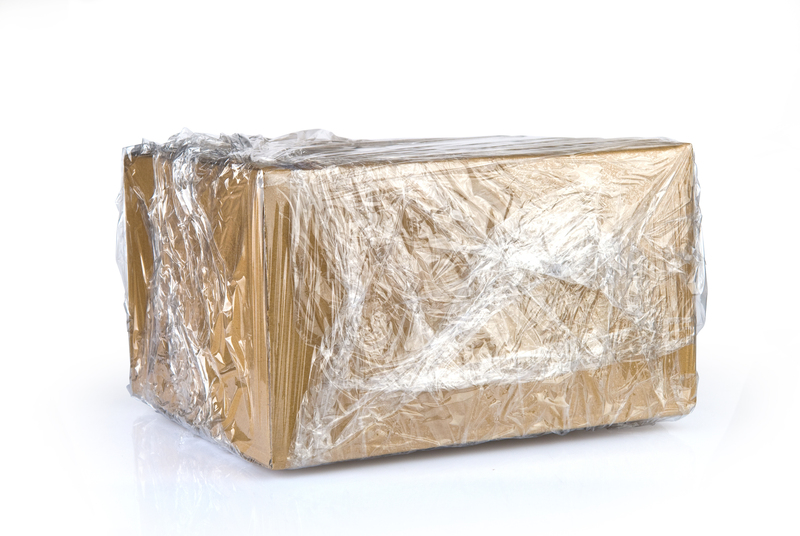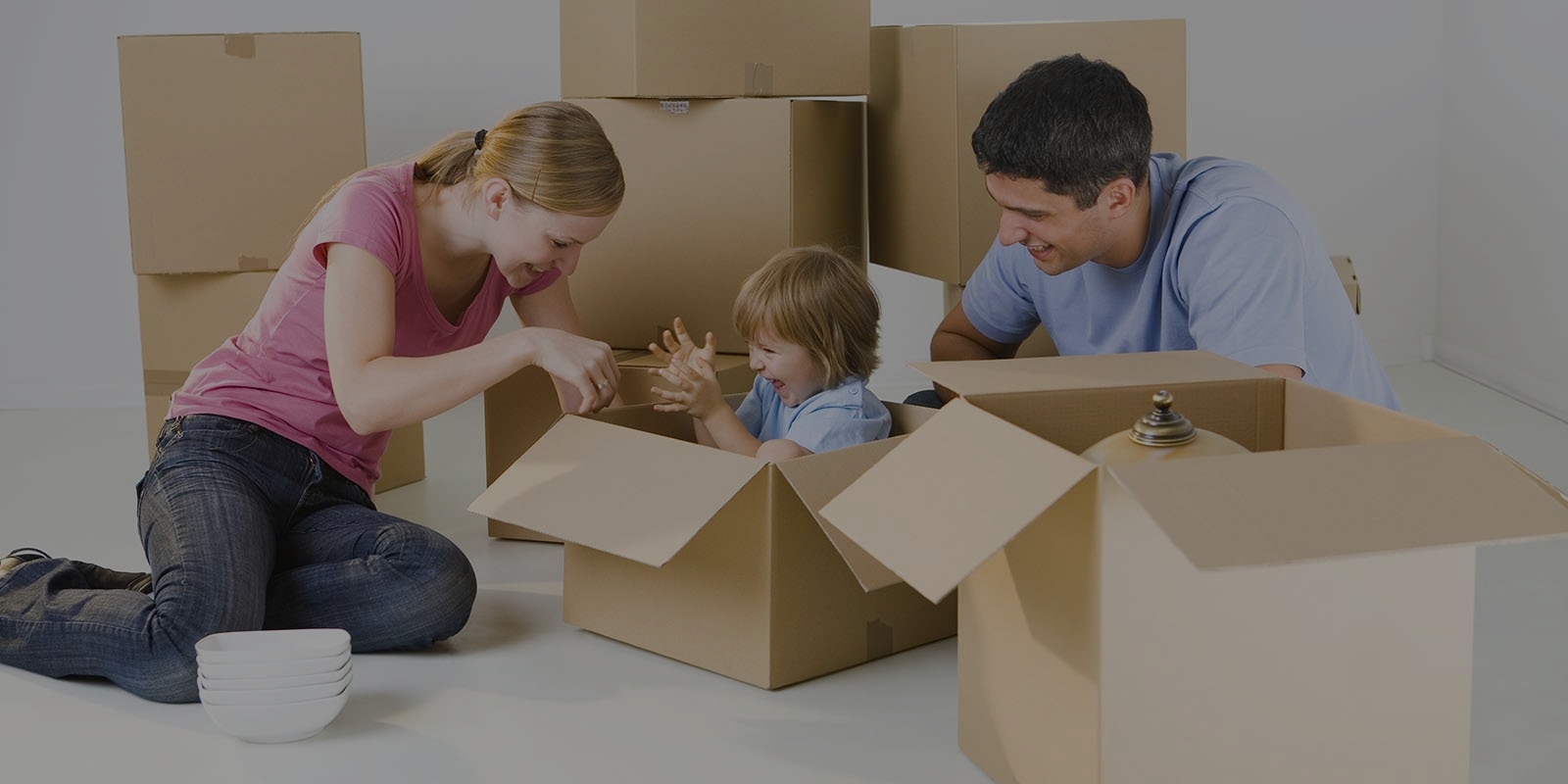Unveiling the truth: Professional insights on piano relocation
Posted on 21/05/2025
Unveiling the Truth: Professional Insights on Piano Relocation
Moving a piano isn't your average furniture moving task. From their substantial weight to their intricate components, pianos present a unique set of challenges that require specialized skills and equipment. This comprehensive article reveals professional insights on piano relocation, detailing what makes piano moving different, who should handle the job, and the essential tips for anyone planning a piano move.

Why Piano Relocation Is a Specialized Task
At first glance, moving a piano may seem comparable to shifting any other large household item. However, the truth behind piano moving is far more complex. Whether it's a grand, upright, or digital piano, these instruments are both valuable and delicate, containing thousands of moving parts and sensitive materials.
1. The Sheer Size and Weight of Pianos
- Upright pianos average between 300-500 pounds, while grand pianos can weigh up to 1,200 pounds or more.
- Pianos are large, unwieldy objects with awkward weight distributions. This makes traditional moving equipment, such as standard dollies and straps, often insufficient.
- A single misstep during relocation risks physical injury to movers and permanent damage to the piano itself.
2. Delicate Mechanisms and Value
- Pianos contain thousands of moving parts crafted from fine woods, felt, and metals. Even a minor jolt can affect these mechanisms, leading to costly repairs or affecting the instrument's sound quality.
- Many pianos hold significant financial, historical, or sentimental value, making preservation a top priority.
What Makes Piano Relocation Different?
To further unveil the truth about moving pianos, let's explore what distinguishes piano relocation from conventional moving services:
- Precision Handling: Pianos require precise handling to avoid scratches, dents, and internal misalignments. Their legs, pedals, and lids are fragile and must be protected during every phase of removal and transportation.
- Climate Sensitivity: These instruments are highly sensitive to temperature and humidity changes. Exposure to fluctuating conditions can cause warping, cracked soundboards, or instability in the mechanism.
- Staircases and Tight Spaces: Navigating stairs or tight corners with a piano takes advanced planning, teamwork, and specialized equipment, often including piano boards ("skids"), ramps, and stair climbers.
DIY Piano Moving vs. Professional Piano Relocation
Should You Move a Piano Yourself?
While the do-it-yourself (DIY) spirit is admirable, relocating a piano is rarely a suitable task for amateurs. Even for the most physically capable individuals with moving experience, lack of specific knowledge and equipment can result in severe consequences:
- Injury Risks: The high weight and awkward shape make back strain, crushed fingers, and foot injuries common among DIY attempts.
- Instrument Damage: Mishandling can lead to broken legs, cracked casings, or internal damage that permanently impairs the piano's tone and playability.
- Property Damage: Dropping a piano or scraping it against floors and walls can result in costly home repairs.
Benefits of Hiring Professional Piano Movers
Professional piano movers come equipped with specialized tools, techniques, and expertise to safely transport any kind of piano. Here's what sets them apart:
- Training and Experience: Expert movers intensely understand piano anatomy and relocation best practices, minimizing the risk of mishaps.
- Proper Equipment: Tools such as piano dollies, skids, protective blankets, custom straps, and climate-controlled vehicles are used to ensure safe transit.
- Insurance Coverage: Reputable piano moving companies carry insurance covering both property and instrument in the unlikely event of an accident.
- Comprehensive Solutions: From packing and loading to unloading and repositioning, professionals offer end-to-end relocation services.
How Professional Piano Relocation Works: Step-by-Step Guide
Let's unveil the standard process followed by top-rated piano movers when handling a piano relocation:
1. Initial Assessment and Planning
- A team member visits the premises to measure the piano, assess the moving environment (such as staircases, doorways, and elevators), and identify challenges.
- They create a customized plan including the best path to safely move the piano and the equipment needed.
2. Disassembly and Secure Wrapping
- Components such as music stands, pedals, or legs (especially on grand pianos) are carefully disassembled if needed.
- Special padding, plastic wrap, and protective blankets are used to prevent scratching and absorb shocks during transportation.
3. Lifting and Loading
- Piano dollies and skids provide stable support, avoiding unnecessary strain on the piano's structure.
- The team works in sync, often using coordinated lifting to safely transfer the piano onto moving trucks equipped with lift gates or ramps.
4. Transport with Climate Control
- High-quality moving vehicles maintain a steady internal climate, avoiding the harmful effects of temperature or humidity shifts on the piano's wood and mechanism.
- The instrument is securely fastened to prevent shifting during transit.
5. Unloading, Reassembly, and Placement
- Upon arrival, movers gently unload and reassemble any detached parts.
- They position the piano according to the client's preference, ensuring it sits level and in a safe spot.
Common Myths About Piano Relocation--Debunked!
There are several misconceptions about moving pianos. Here are the most common myths--debunked, based on professional insights and experience:
- Myth: "Four strong friends and a truck are all you need."
Truth: Physical strength isn't enough. Without knowledge of a piano's weak points, you risk costly damage to the instrument and yourself. - Myth: "Upright pianos can be moved on their sides."
Truth: Pianos should always be kept upright to prevent internal component misalignment or frame damage. - Myth: "Climate doesn't matter for short moves."
Truth: Even brief exposure to humidity or cold can cause swelling, shrinkage, or tuning instability. - Myth: "After a move, pianos don't need to be tuned."
Truth: The jostling and change of environment almost always necessitate a professional tuning post-relocation.
Factors Influencing the Cost of Piano Relocation
Understanding the expenses associated with piano relocation is key to making an informed decision. Costs can vary widely depending on a variety of factors:
- Piano Size and Weight: Grand pianos are generally more expensive to move than upright or digital pianos due to their bulk and intricacy.
- Distance: Local moves are priced differently from long-distance or international relocations.
- Accessibility: Difficult conditions--such as flights of stairs, narrow hallways, or lack of elevator--can increase labor and complexity, leading to higher fees.
- Special Requirements: Extra services, like temporary storage, insurance upgrades, or intricate disassembly, may impact the total cost.
Pro Tip: Always obtain several written quotes from reputable piano movers, ensuring the estimate includes all services to avoid hidden costs.
Expert Tips for a Smooth Piano Move
There are several steps you can take to prepare for a professional piano relocation and to ensure your instrument arrives safely and in perfect condition:
- Schedule the Move in Advance: Piano movers often have bookings far in advance--especially in busy seasons. Early planning ensures you get experienced professionals and peace of mind.
- Clear the Path: Remove all obstacles from the intended route to make the relocation process smooth and safe.
- Prepare for Weather Conditions: If rain, snow, or heat is expected, discuss protective measures with your movers in advance.
- Inform Movers of Any Challenges: Communication is vital. Alert your movers to issues like tricky staircases, low ceilings, uneven floors, or parking restrictions.
- Allow for Tuning Post-Move: After your piano reaches its new location and acclimates to the room (usually 2-4 weeks), schedule a professional tuning to restore optimal sound and playability.
Protecting Your Piano During Long-Distance or International Moves
In today's global world, pianos are sometimes moved across countries or even continents. These long moves pose even greater challenges:
- Custom Crating: For air or sea transport, custom-built crates shield pianos from vibration, moisture, and pressure changes.
- Insurance: Comprehensive insurance is a must when valuable instruments travel long distances.
- Partner with Specialists: Only work with movers experienced in international logistics and piano relocation to navigate customs requirements and handle potential transfer points with care.

Choosing the Right Piano Movers: What to Look For
How do you select the best team to entrust with your prize instrument? Consider these factors when researching piano moving professionals:
- Specialization: The company should have a proven track record in piano relocation, not just general moving experience.
- Licensing and Insurance: Verify credentials, insurance policies, and any professional affiliations or certifications.
- Customer Reviews and References: Positive testimonials and word-of-mouth recommendations provide added assurance.
- Transparent Pricing: Quotes should be detailed, written, and include all expected charges.
Conclusion: The Value of Professional Piano Relocation
In summary, piano relocation is a delicate and demanding process that should not be underestimated. Entrusting your instrument to experienced, professional piano movers protects not only your piano's value and sound but also your safety and property. With a full spectrum of specialized services--from initial assessment through careful transport and final placement--expert piano movers unveil a seamless, stress-free moving experience.
Unveiling the truth: Investing in professional piano relocation is the smartest, safest way to ensure your instrument continues to bring music, beauty, and joy for generations to come.

_result.jpg)





